Ecommerce is the backbone of modern retail, connecting billions of products to global consumers. In 2025, ecommerce conversion rate optimization (CRO) services are essential for transforming website visitors into loyal customers. By leveraging detailed business audits, cutting-edge security features, and innovative technologies, CRO services drive revenue, enhance customer satisfaction, and deliver seamless shopping experiences. This comprehensive guide explores the top 10 ecommerce conversion rate optimization strategies to elevate your online store, backed by 2025 data, real-world case studies, and actionable insights to thrive in a competitive digital landscape.
Understanding Ecommerce Conversion Rate Optimization
Ecommerce conversion rate optimization (CRO) is the science of increasing the percentage of website visitors who complete a purchase, calculated as: Conversion Rate = (Conversions / Visitors) * 100. In 2025, global ecommerce conversion rates average 2-4%, with top performers in food and beverage reaching 5-6%, while Shopify stores hover at 1.4%. Niches like arts and crafts can achieve 5.01%, per recent studies. CRO services use tools like heatmaps, A/B testing, and Google Analytics to analyze user behavior, identify friction points, and implement data-driven improvements tailored to your audience.
By focusing on incremental changes, such as streamlined checkouts, mobile enhancements, or trust signals, ecommerce CRO services boost sales and customer retention. Partnering with top CRO agencies, like those listed on CRO Agency, ensures your store leverages advanced strategies. A business audit can uncover high-exit pages or cart abandonment triggers, enabling precise optimizations. Start by benchmarking your conversion rate with tools like Upwork’s calculator.
Ecommerce Checkout Best Practices for 2025
A seamless checkout process is critical for reducing cart abandonment, which impacts 70% of online shoppers. Leading CRO experts recommend checkout optimizations to build trust and minimize friction, validated through conversion research and business metrics. These practices ensure a hassle-free experience, driving higher completion rates.
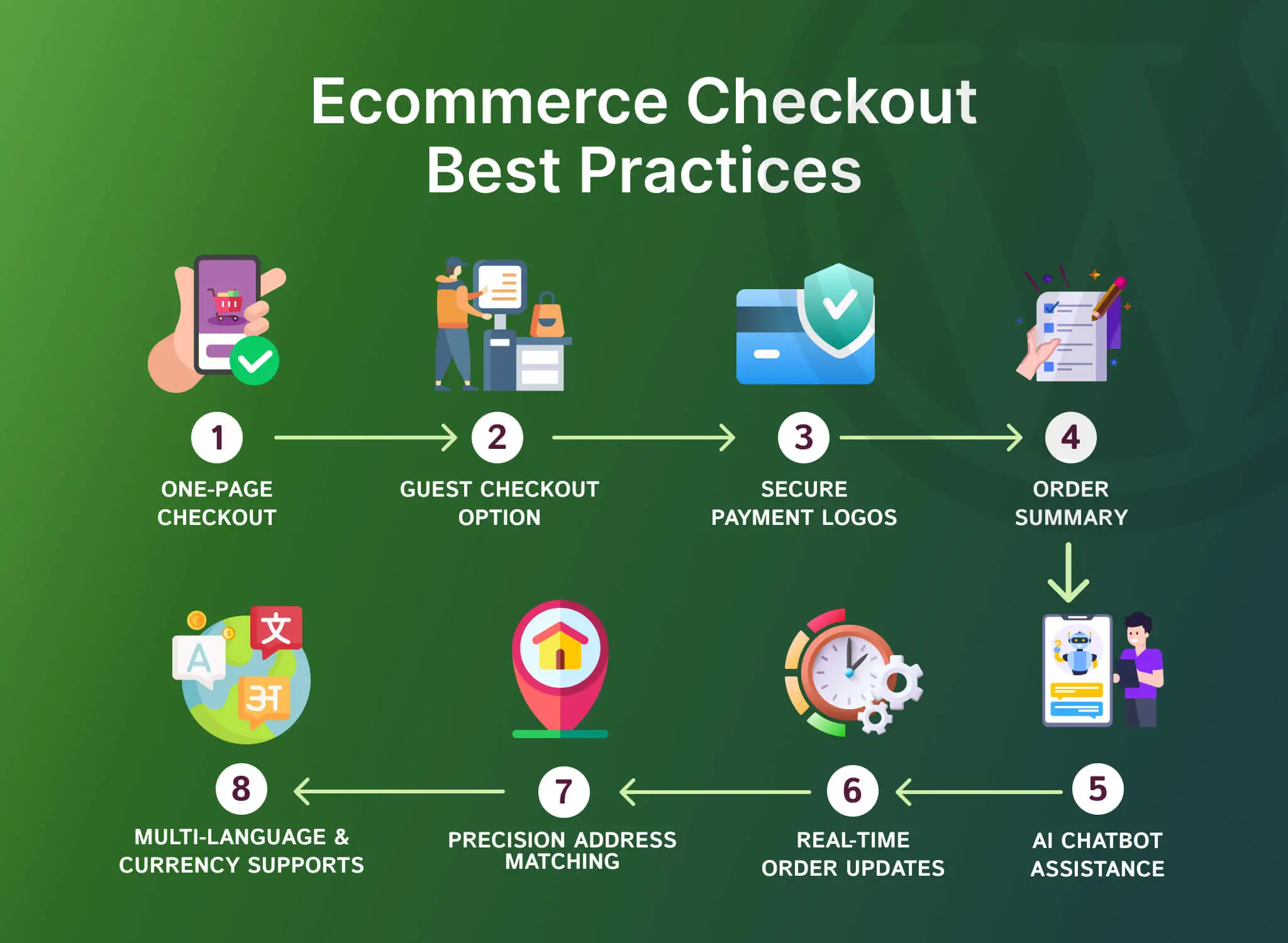
- One-Page Checkout: Consolidate steps into a single page to save time and reduce drop-offs.
- Guest Checkout Option: Allow purchases without account creation, as 24% of users abandon carts due to mandatory sign-ups.
- Secure Payment Logos: Display SSL certificates and trusted badges (e.g., Visa, PayPal) to enhance transaction security.
- Order Summary: To avoid surprises, provide a clear breakdown of items, shipping, and taxes.
- AI Chatbot Assistance: Offer 24/7 support to resolve queries instantly, boosting checkout completions.
- Real-Time Order Updates: Send instant order status notifications to build trust.
- Precision Address Matching: Autofill tools simplify form entry and minimize errors.
- Multi-Language and Currency Support: Cater to global audiences, increasing conversions by 13% for international shoppers.
CTA: Audit your checkout process with tools like Hotjar to identify friction points and implement these practices.
Why Ecommerce Optimization Is Crucial in 2025
Optimization is non-negotiable with global ecommerce sales projected to hit $6.86 trillion in 2025. Mobile commerce drives 62% of traffic, and 53% of mobile users abandon sites that take over three seconds to load. Security features like blockchain payments and SSL encryption are critical for trust, especially as cyber threats rise. Business audits uncover optimization opportunities, from high-exit pages to cart abandonment triggers, enabling data-driven improvements.
AI-driven personalization, voice search, and omnichannel strategies are reshaping ecommerce. Sustainability also matters, with 66% of consumers favoring eco-friendly brands. Businesses can deliver seamless experiences that boost conversions and loyalty by prioritizing mobile-first designs and innovative CRO services.
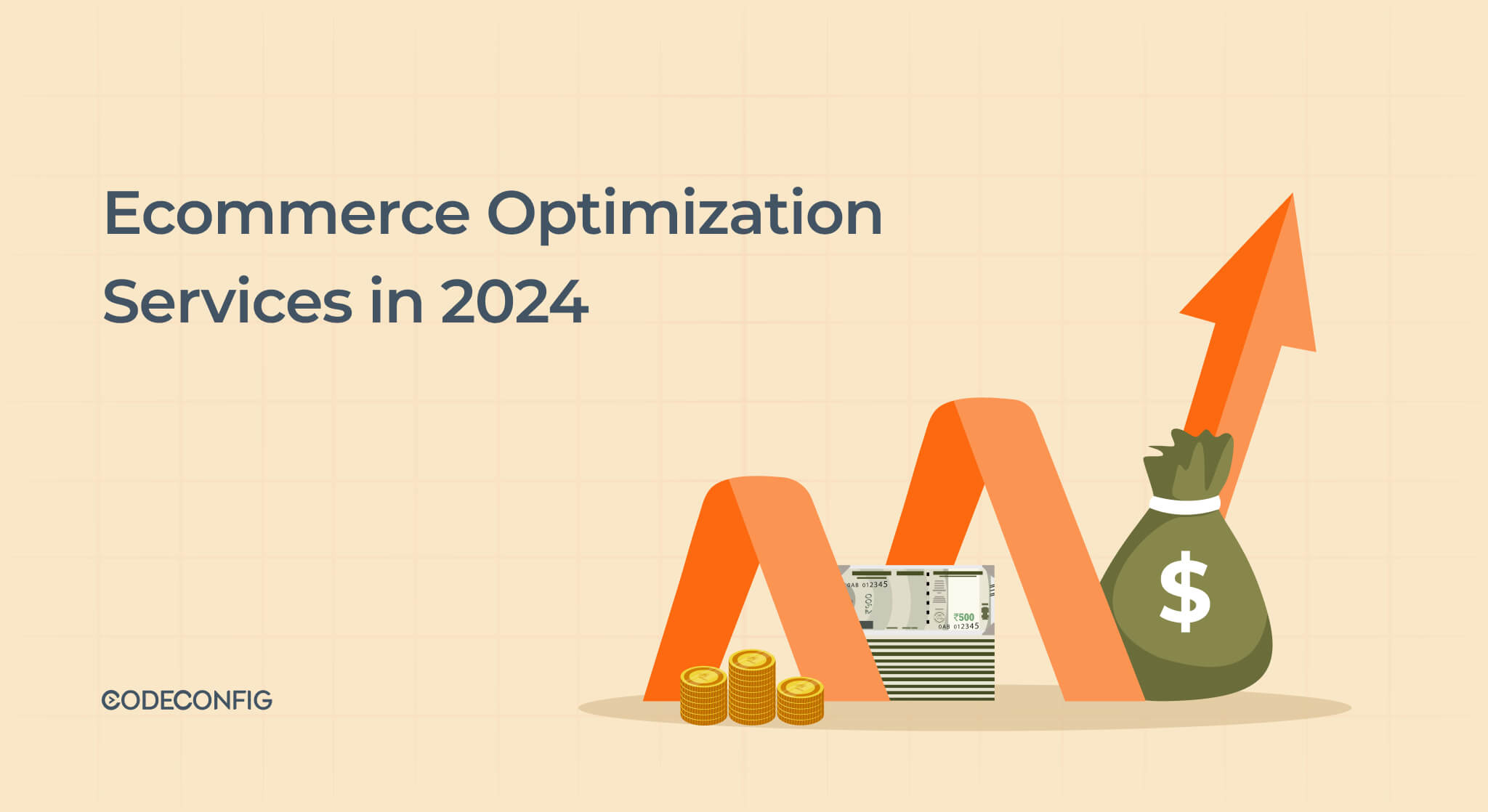
10 Conversion Rate Optimization Best Practices for 2025
These 10 ecommerce conversion rate optimization strategies, endorsed by top business agencies, blend technology, psychology, and data to maximize sales. Designed to build loyalty and reduce friction, they’re essential for staying competitive in 2025’s dynamic market.
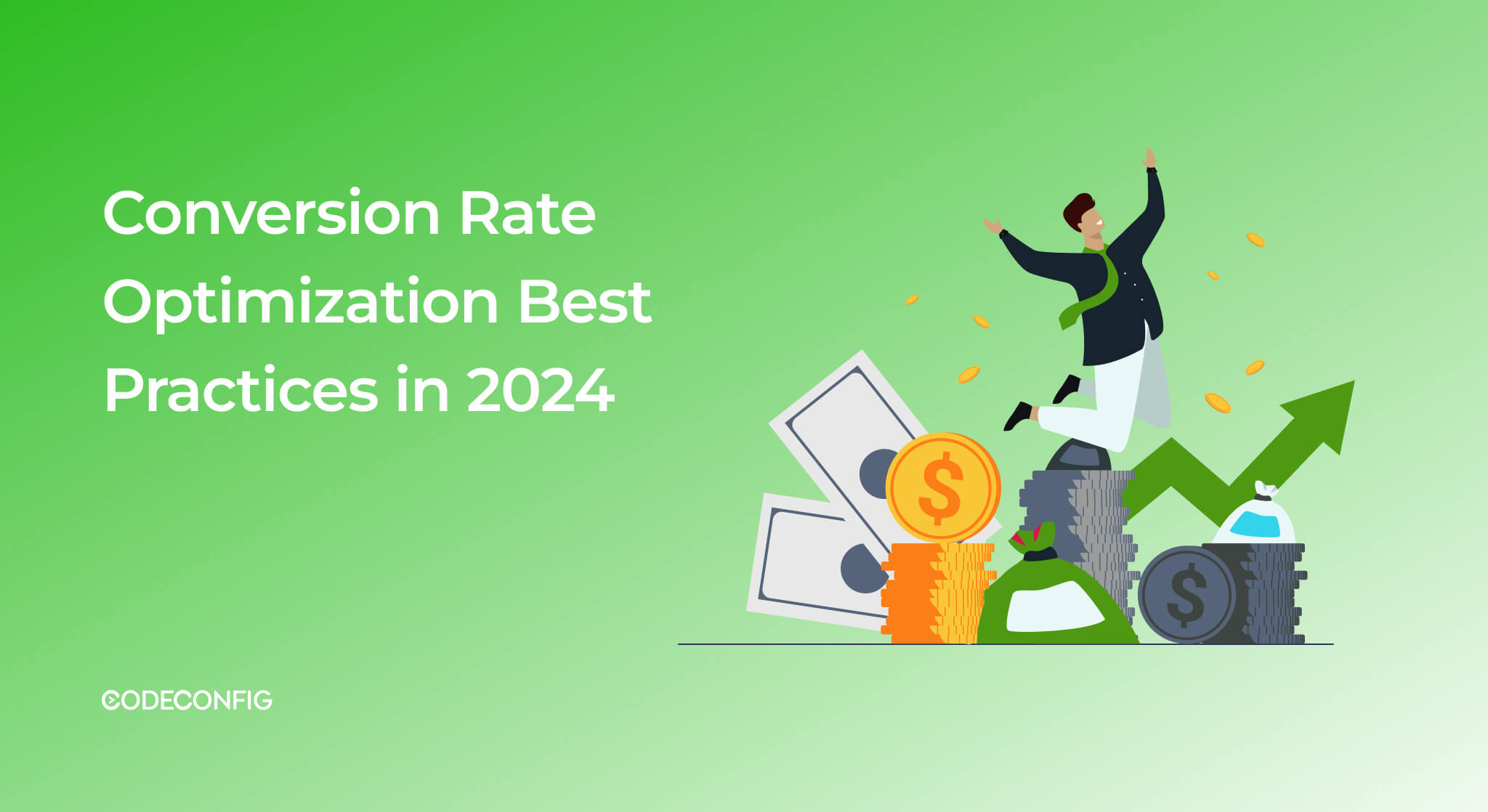
Free Shipping Increases Sales and Decreases Cart Abandonment
Free shipping reduces cart abandonment by up to 50% and boosts conversions, with 68% of shoppers more likely to buy from sites offering it. ASOS saw a 15% conversion increase after introducing free shipping thresholds. Conduct a business audit to set profitable thresholds, and use tools like Shopify Analytics to track impact. Promote free shipping on product pages, banners, and checkout to drive action.
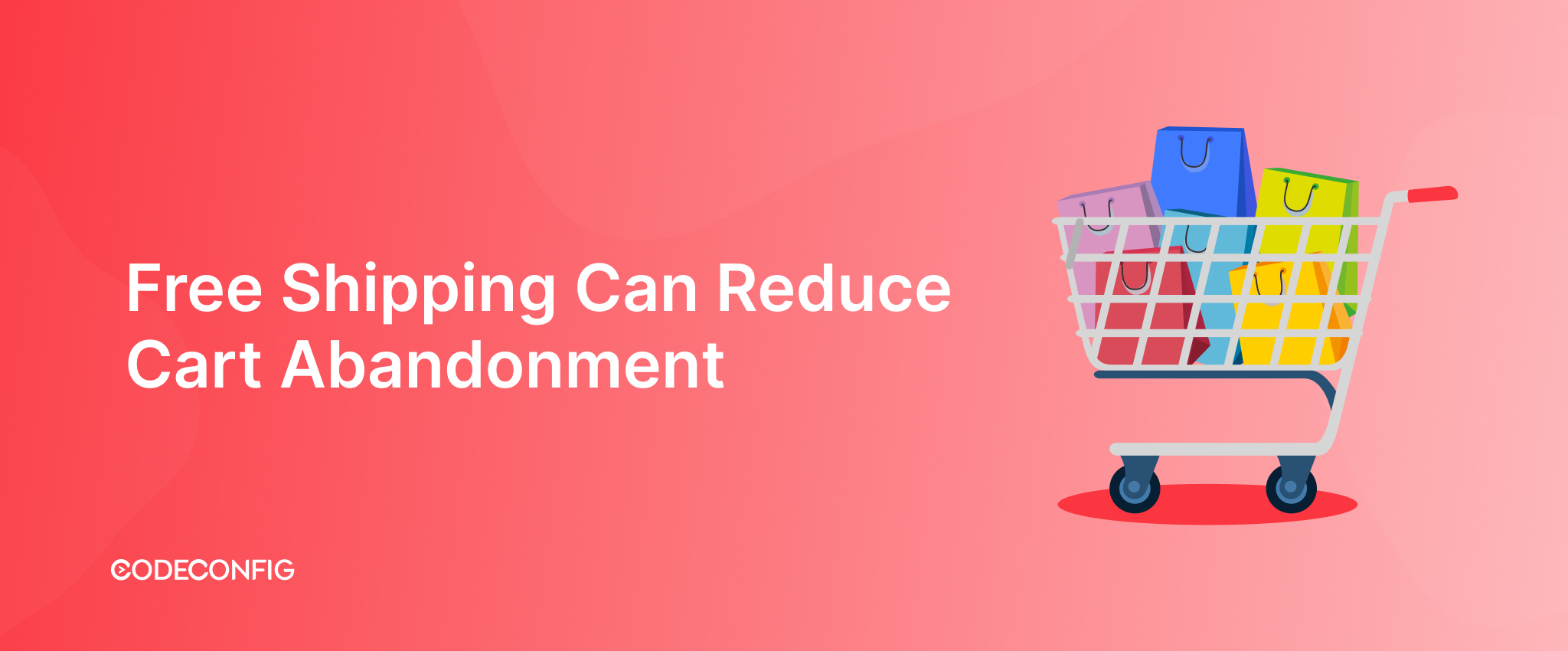
CTA: Test-free shipping is offered with A/B testing tools like VWO to find the optimal threshold.
Expand E-commerce Sales with Social Proof and Customer Reviews
Social proof, like customer reviews, can increase conversions by 102.4% when users engage. Vegetology boosted revenue by 10.9% by adding user-generated reviews. Use platforms like Yotpo to collect and display feedback on product pages and Instagram. Video testimonials or influencer endorsements resonate with younger audiences. Encourage reviews via post-purchase emails with incentives like discounts.
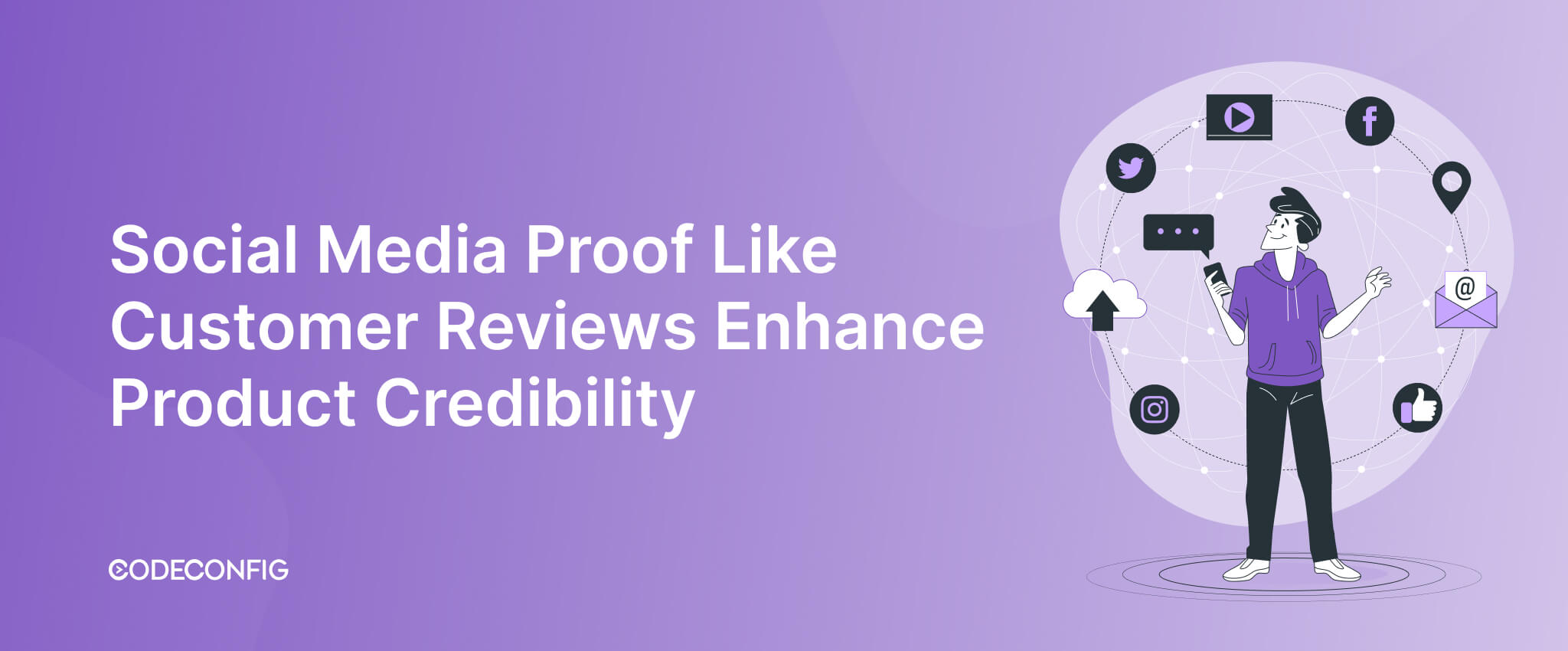
CTA: Integrate review widgets to showcase authentic feedback and build trust.
Explainer Videos on Product Pages Can Boost Sales
Explainer videos lift up to 80% of conversions by visually showcasing product benefits. A jewelry brand increased sales by 25% with 30-second videos highlighting craftsmanship. Keep videos concise, mobile-optimized, and captioned for accessibility. Use tools like Wistia for video hosting and A/B test placements (e.g., above the fold). Videos also improve SEO by increasing dwell time.

CTA: Create short product videos and track engagement with Google Analytics.
Personalize Content with Dynamic Content Demographics
AI-driven personalization boosts conversions by 30% through tailored recommendations. Lammle’s saw a 26.3% revenue increase with exit-intent popups offering personalized deals. Use tools like Dynamic Yield or Optimizely to segment audiences by location, device, or behavior. For example, winter gear can be shown to users in cold regions. Zero-party data (e.g., preference quizzes) enhances personalization accuracy.

CTA: Implement AI tools to deliver dynamic content and boost engagement.
Mastering Email Marketing for Higher Conversion
Email marketing yields a 4200% ROI, with personalized campaigns recovering 10-15% of abandoned carts. Huckberry boosted conversions by 12% with re-engagement emails. Segment audiences by purchasing history, using compelling subject lines, and automating with Klaviyo or Mailchimp. For example, send time-sensitive discounts to first-time buyers. Test email frequency to avoid spam flags.
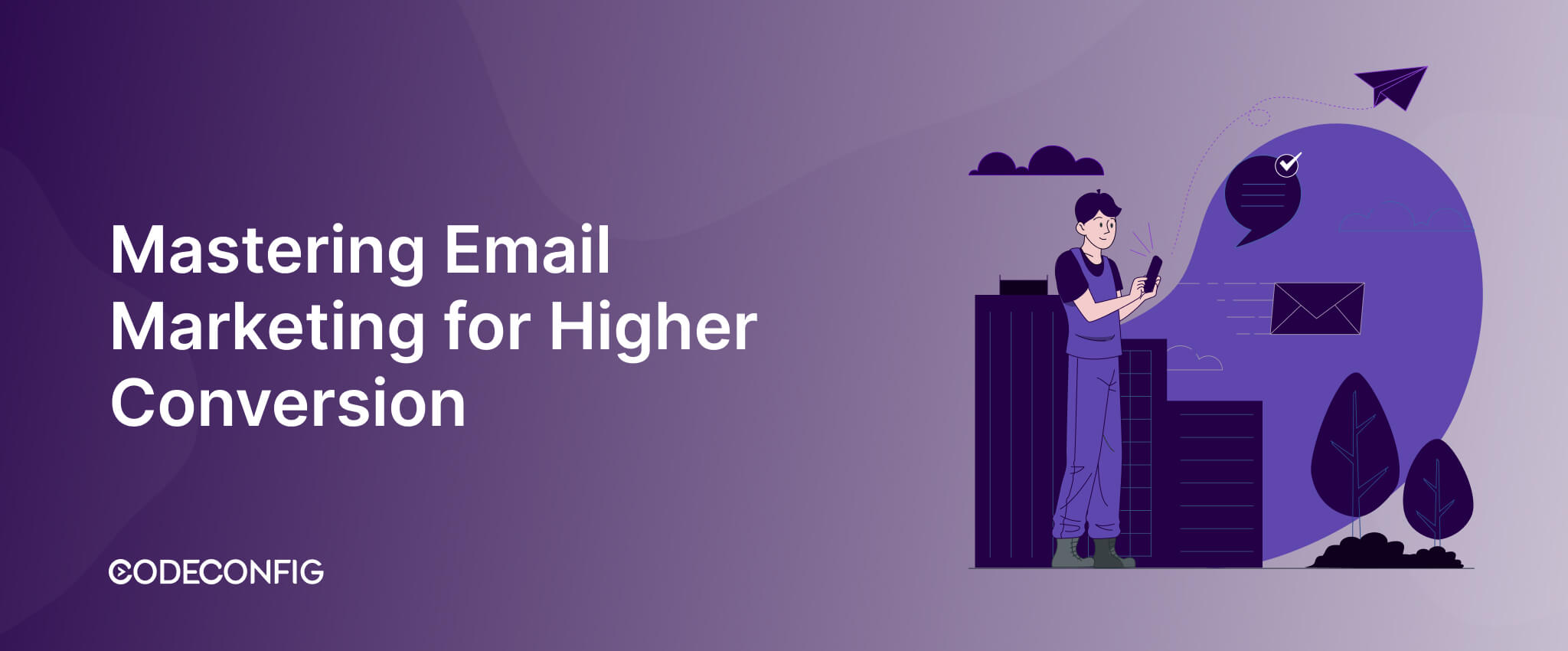
CTA: Set up automated email flows to recover abandoned carts.
Create Product Descriptions with SEO in Mind
SEO-optimized product descriptions drive 59.57% of ecommerce visits via mobile searches. A pet supply store increased traffic by 18% with long-tail keywords like “buy organic dog food online.” Use Ahrefs or SEMrush to find high-intent terms, and add them to titles, descriptions, and alt text. Update content quarterly to align with trends, and monitor rankings with Google Search Console.

CTA: Conduct keyword research to optimize product descriptions.
Optimizing Website Speed and User Experience for Higher Sales
A one-second load time delay cuts conversions by 7%, with 53% of mobile users abandoning slow sites. Walmart improved conversions by 2% after shaving one second off load times. Use Google PageSpeed Insights to compress images, minify CSS, and enable browser caching. Ensure intuitive navigation and clear CTAs for a seamless UX, especially on mobile. Test your site speed.
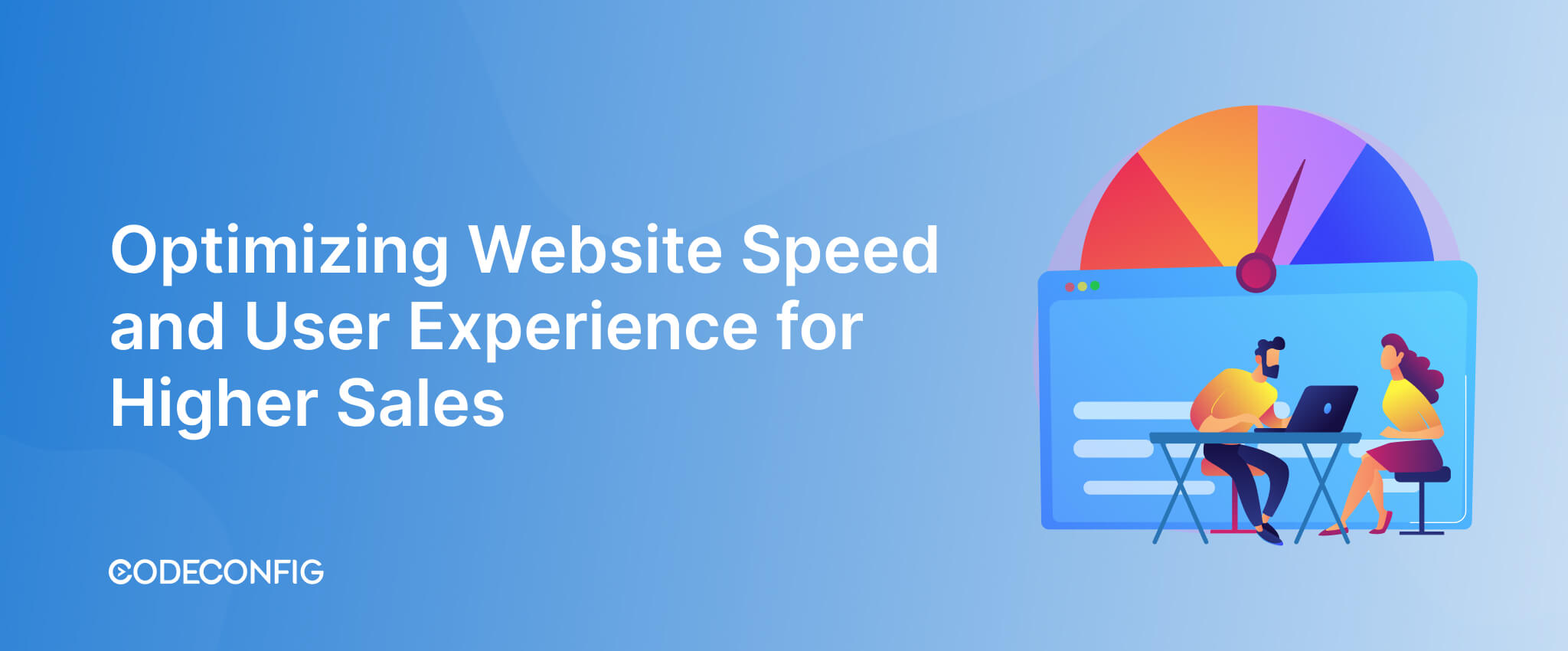
CTA: Run a speed audit to identify and fix performance bottlenecks.
Enhancing Mobile Shopping Experience for Great Conversion
Mobile apps achieve 130% higher conversion rates than browsers, with 62% of ecommerce traffic mobile-driven. Nike’s mobile app boosted conversions by 20% with streamlined navigation. Optimize with responsive designs, one-click ordering, and fast load times. Progressive web apps (PWAs) offer app-like functionality without downloads. Test with Google’s Lighthouse for cross-device compatibility.
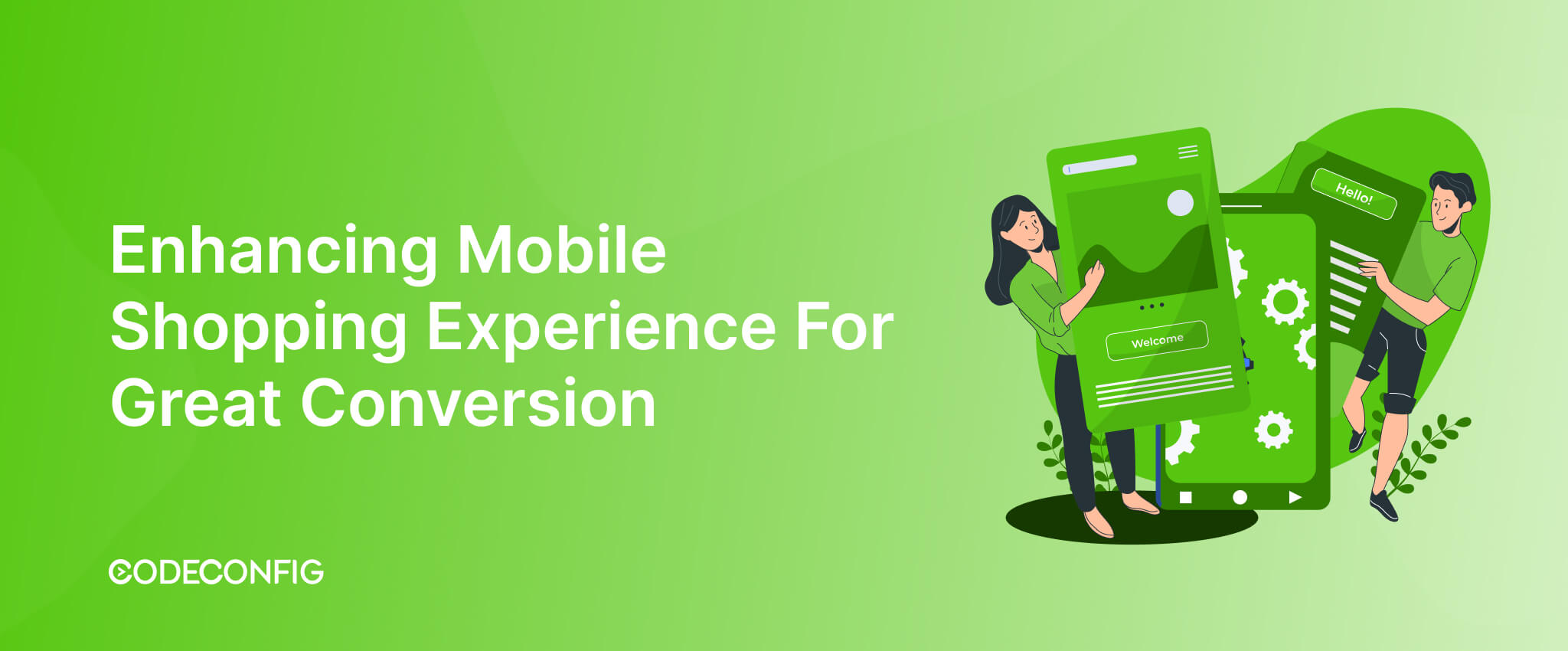
CTA: Test your mobile site with Lighthouse to ensure seamless performance.
Offer Multiple Payment Options for Smooth Transactions
50% of consumers abandon transactions without their preferred payment method. A fashion retailer saw a 9% conversion increase after adding Klarna’s Buy Now, Pay Later. Offer PayPal, Apple Pay, Google Pay, and QR codes, ensuring SSL encryption and PCI compliance. Regular audits identify payment drop-offs, optimizing for global shoppers.
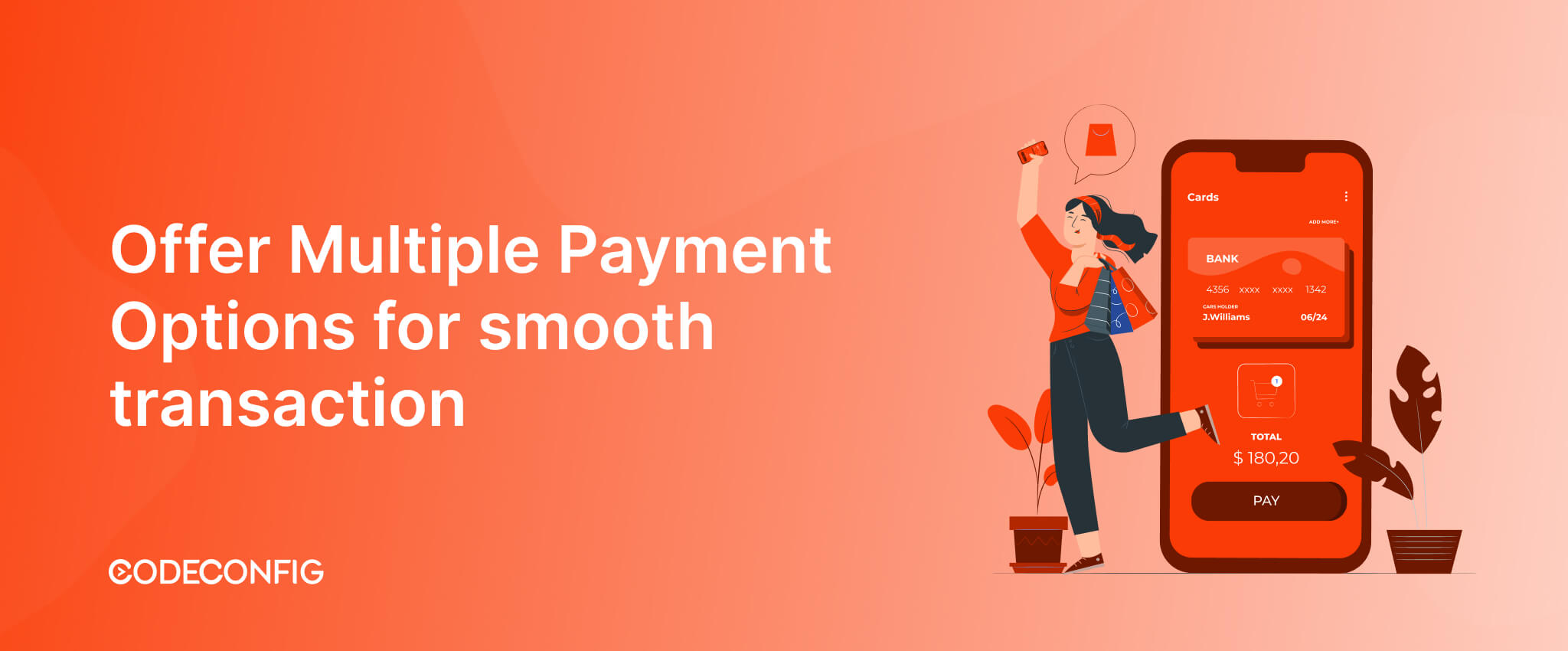
CTA: Add diverse payment options to reduce checkout friction.
Integrate Live Chat Function on Your E-commerce Site
Live chat, a powerful tool for ecommerce conversion rate optimization, achieves a 73% satisfaction rate and boosts conversions by 10%. Sephora’s chatbot increased conversions by 8% with personalized recommendations. AI-powered chatbots provide 24/7 support, handling queries on sizing or shipping efficiently. Combine with the human backing for complex issues, avoiding intrusive popups to maintain a seamless experience. Use tools like Intercom for easy integration and enhanced customer engagement. Implement live chat to drive sales.
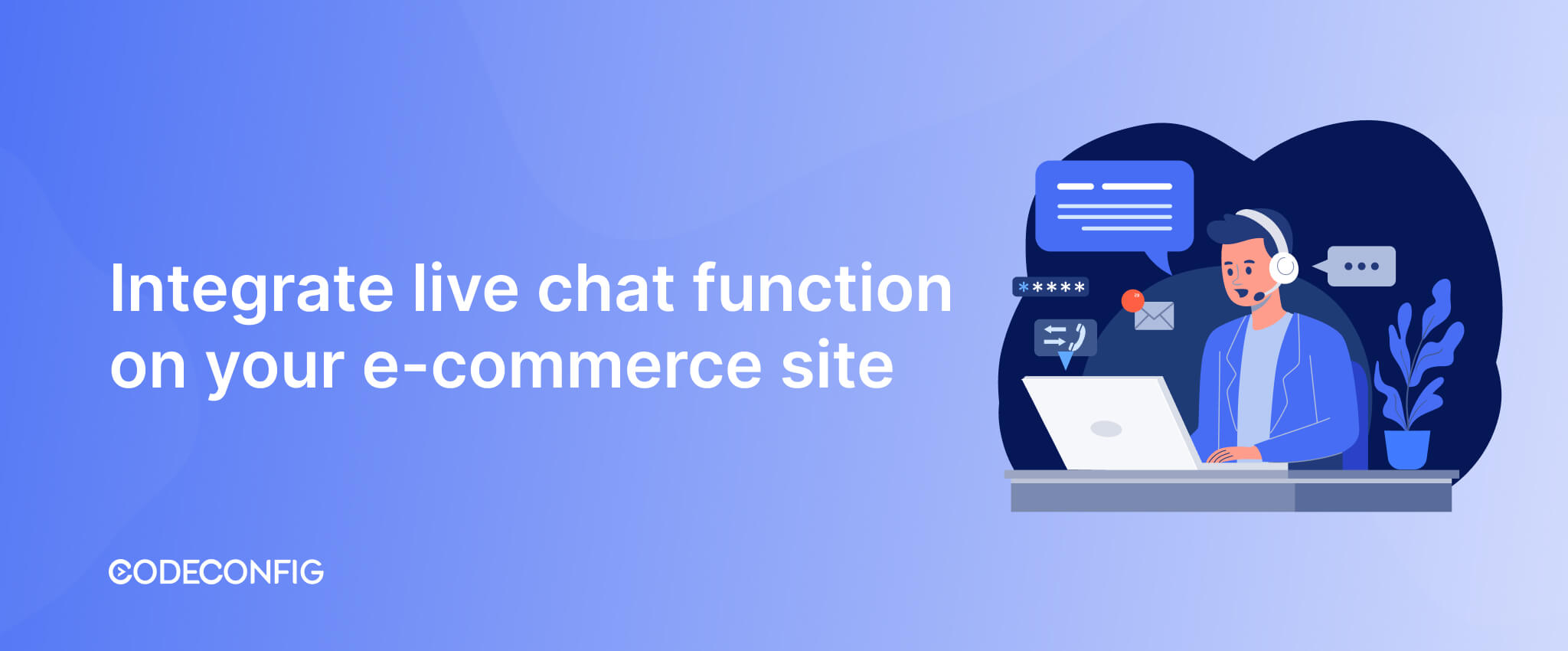
CTA: Add a chatbot to your site for instant customer support.
Emerging Trends Shaping CRO in 2025
Ecommerce conversion rate optimization is evolving with 2025 trends. Voice commerce, driven by Amazon Echo, accounts for 20% of purchases, requiring conversational keyword optimization (e.g., “best running shoes near me”). Like Netflix’s recommendation engine, AI predictive analytics personalizes experiences, boosting conversions by 15%. Sustainability appeals to 66% of consumers, with eco-friendly packaging or carbon-neutral shipping as CRO differentiators. AR/VR shopping experiences, like IKEA’s virtual furniture placement, increase engagement by 40%. Omnichannel integration—syncing online, in-store, and social commerce—drives 91% higher retention. Zero-party data from quizzes enhances personalization accuracy.
Conclusion
In 2025, ecommerce conversion rate optimization blends technology, psychology, and customer-centric strategies to drive sales and loyalty. Businesses can unlock their store’s potential by implementing these 10 practices: free shipping, social proof, explainer videos, personalization, email marketing, SEO, site speed, mobile optimization, multiple payments, and live chat. Conduct a business audit with tools like Hotjar, partner with a top CRO agency, and embrace trends like AR/VR, voice commerce, and sustainability to stay ahead. Optimize to boost conversions, enhance customer satisfaction, and thrive in the competitive e-commerce landscape.


















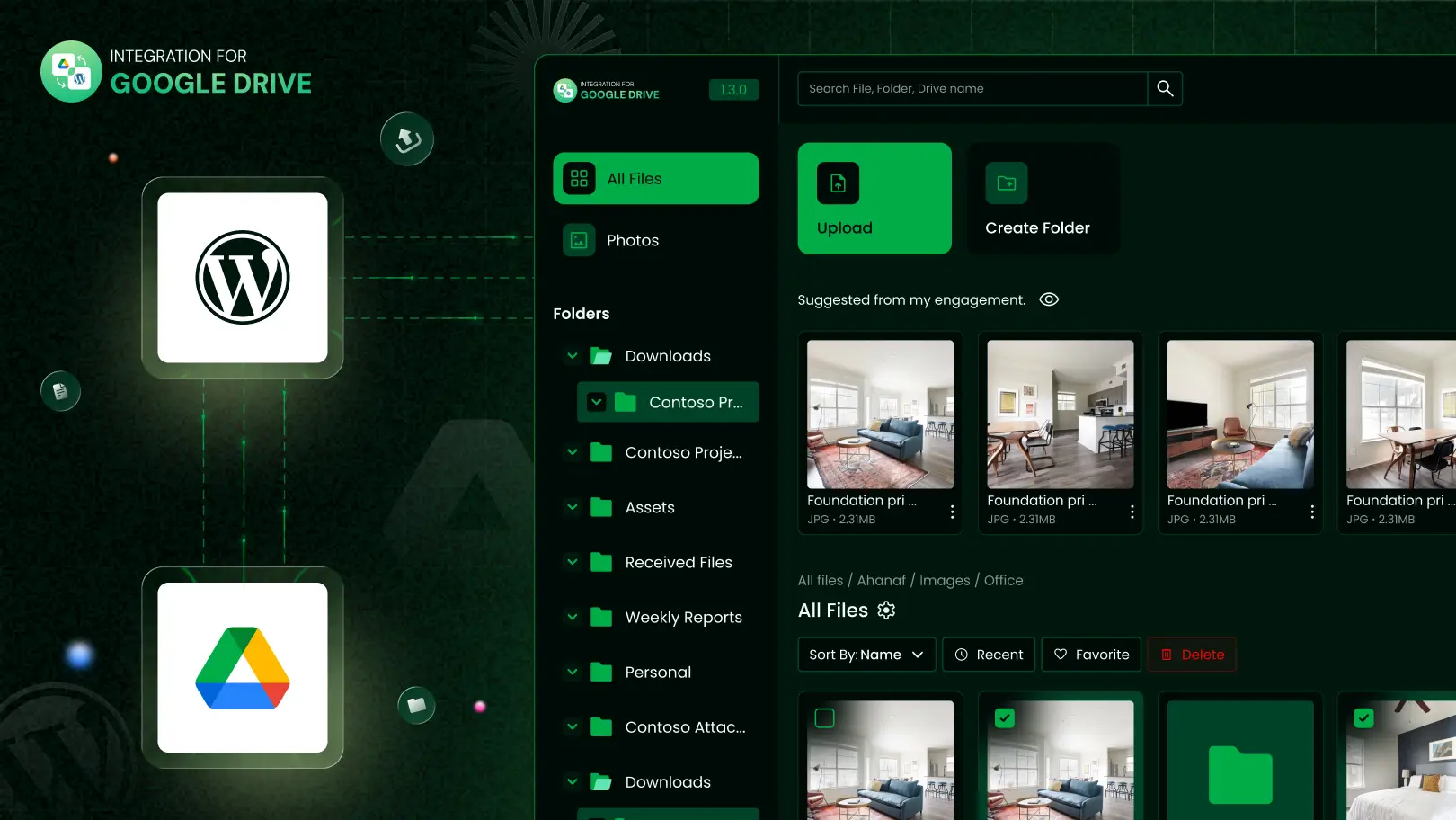
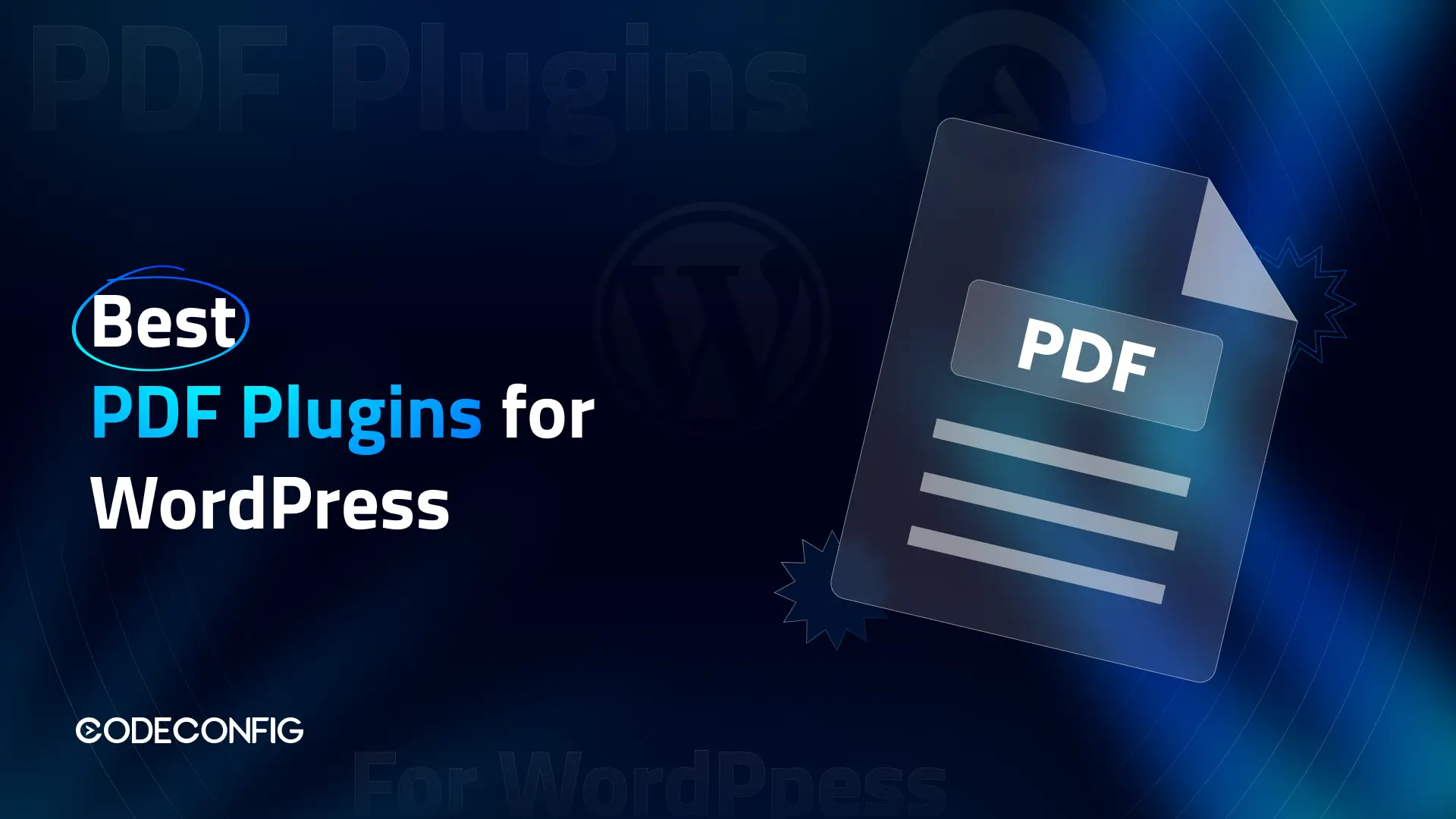
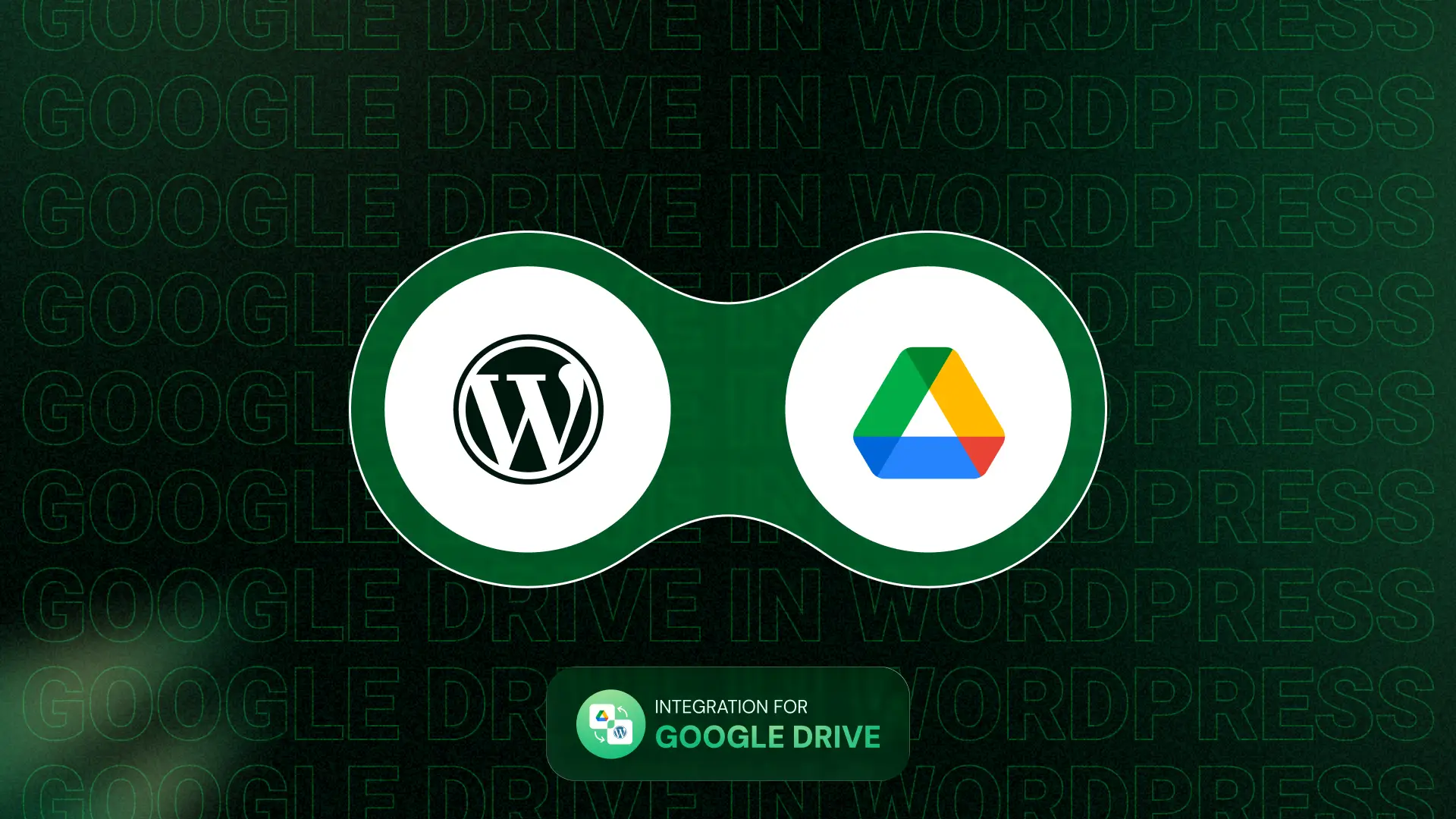
Written By
CodeConfig
CodeConfig is a WordPress plugin development company focused on building powerful, user-friendly tools to simplify your workflow. From Dropbox integrations to cart managers and dark mode features, we help WordPress users save time, space, and stress.
Express Your Opinion